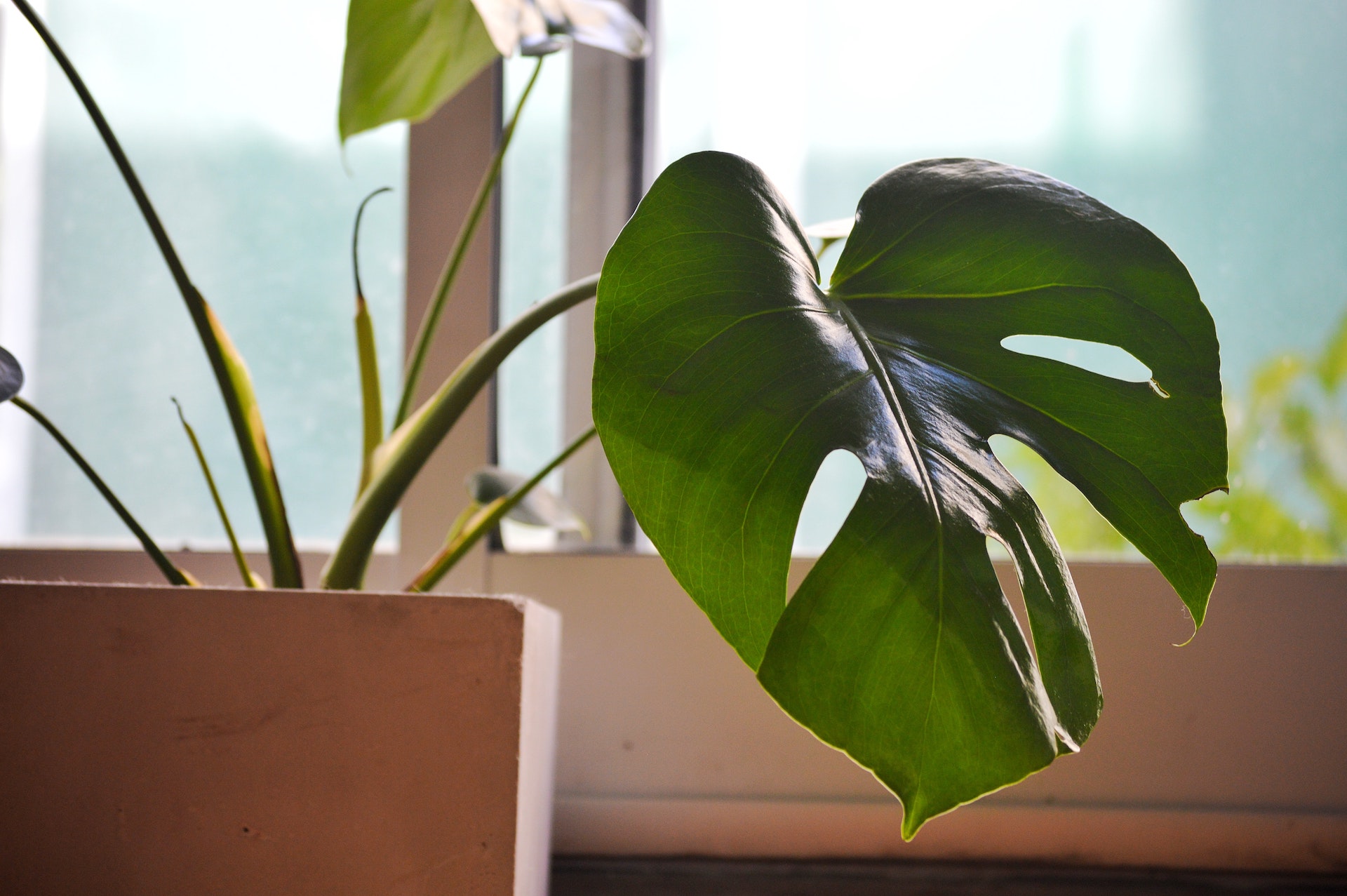Futuristic, super-techie houses done in glass and chrome and leather are fun. But for some, living in a home designed to be environmentally-friendly and sustainable is even better. Who says green homes have to be plain and unattractive? That’s certainly no longer the case.
Rebuilding your house to reflect the qualities of a green home is a win-win situation. You don’t just to remodel your house, play with the space and basically change the look and flow of your home, you also get a house that allows for a healthier environment.
A few other advantages of having a green home are lower utility bills, reduced maintenance costs, and of course, if you want the bigger picture, a cleaner and better planet to leave your future children with. There are also plenty of ways for you to fund that renovation project if you’re a few thousands short on your renovation funds—either use your savings or try applying for a housing loan.
When you do get your hands on the money, then you can start planning your renovation project. However, building and maintaining a healthy home as well as environment could prove to be a bit of hard work. Plenty of sources of pollution exist today so if you want to do your part to save and protect the environment, you must be vigilant. Do your best to remember the following:
- Oil, gas, kerosene, coal, wood, automobiles in attached garages, and tobacco products emit noxious gases, through one way or another. Cutting back on the use of these things are sure to cut down on pollution as well.
- Poorly-maintained central heating and cooling systems can cause pollution. To ensure a safer, quality performance, these systems should be cleaned regularly to keep them in tip-top shape and avoid malfunctions that could produce and release toxic gases into the atmosphere.
- The following furnishings and materials for building are also a potential source of pollution, so keep exposure to a minimum and for anything in liquid form, make sure you seal them off carefully. Leaks could be fatal.
-
- old insulation pipes that contain asbestos
- old lead-based paint
- wood products with high formaldehyde levels
- carpet, paints, coatings, and adhesives
- Stored pesticides, insecticides, herbicides, and chemical fertilizers. Conscientious and careful storage practices will ensure that these solutions don’t cause harm to you and the environment. And when using these chemicals, make sure you have the supervision or assistance of pest control professionals.
- Products for household cleaning and maintenance as well as those for personal care shouldn’t be left attended or simply thrown willy-nilly anywhere. Dispose of these things properly.
Why Build Green?
One of the reasons for you to go green in your home is that it prevents certain diseases from worsening. Here are a few to give you an idea:
- Respiratory Diseases
Health-focused designs that maximise the flow of fresh air and natural light work to reduce the risks of respiratory diseases like asthma and chronic obstructive pulmonary diseases. According to studies, levels of air pollution at home can be 2-5 times higher than those outdoor, if the ventilation system isn’t good.
- Cardiovascular Diseases
Cardiovascular diseases are often associated with poor lifestyles. Improving your health is often helped along by designing green homes, those with plenty of garden space—plenty enough for you to do your morning exercise sets and routine.
- Neurological & Reproductive Effects
Pesticide exposure can do a world of hurt and aggravate neurological symptoms as well as develop the risk of Parkinson’s disease in those exposed by 70% more than those who haven’t been exposed. Some studies have also linked dementia and other reproductive effects to people who have lived through long-term exposure.

